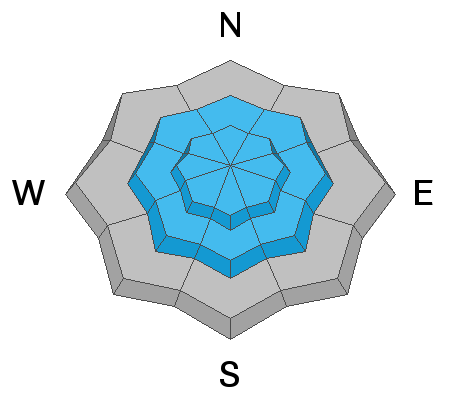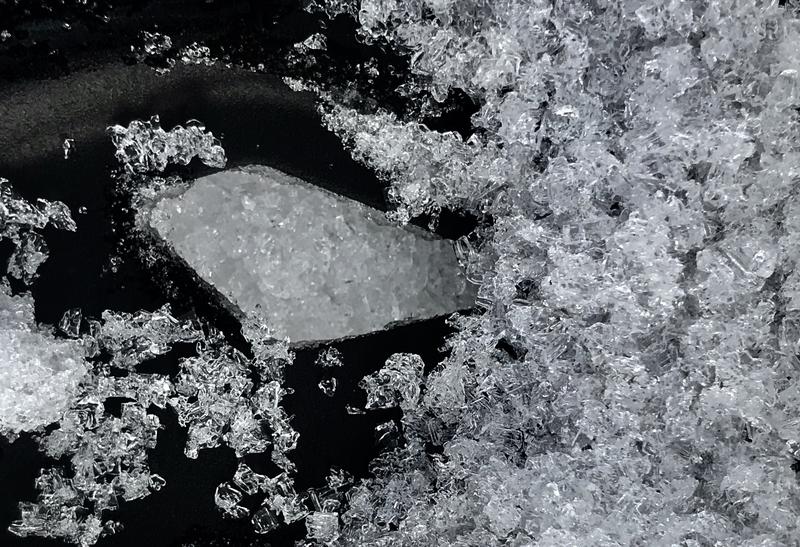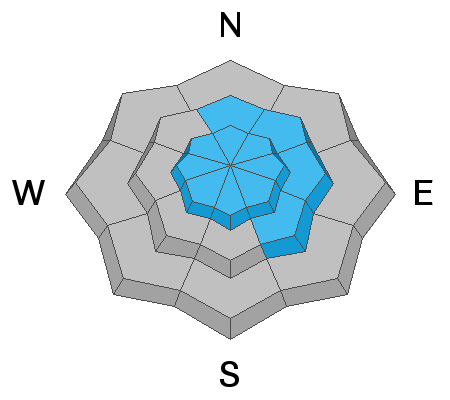Forecast for the Logan Area Mountains

Issued by Toby Weed on
Tuesday morning, March 9, 2021
Tuesday morning, March 9, 2021
Heightened avalanche conditions exist and there is MODERATE danger on steep upper and mid elevation slopes in the backcountry. Although becoming more unlikely, people could trigger large avalanches failing 2 to 3 feet deep on a deeply buried persistent weak layer in some areas. Shallow soft slab avalanches of drifted storm snow and loose avalanches or sluffs are possible on steep slopes in areas that picked up several inches of new snow overnight.
- Evaluate snow and terrain carefully.

Low
Moderate
Considerable
High
Extreme
Learn how to read the forecast here







